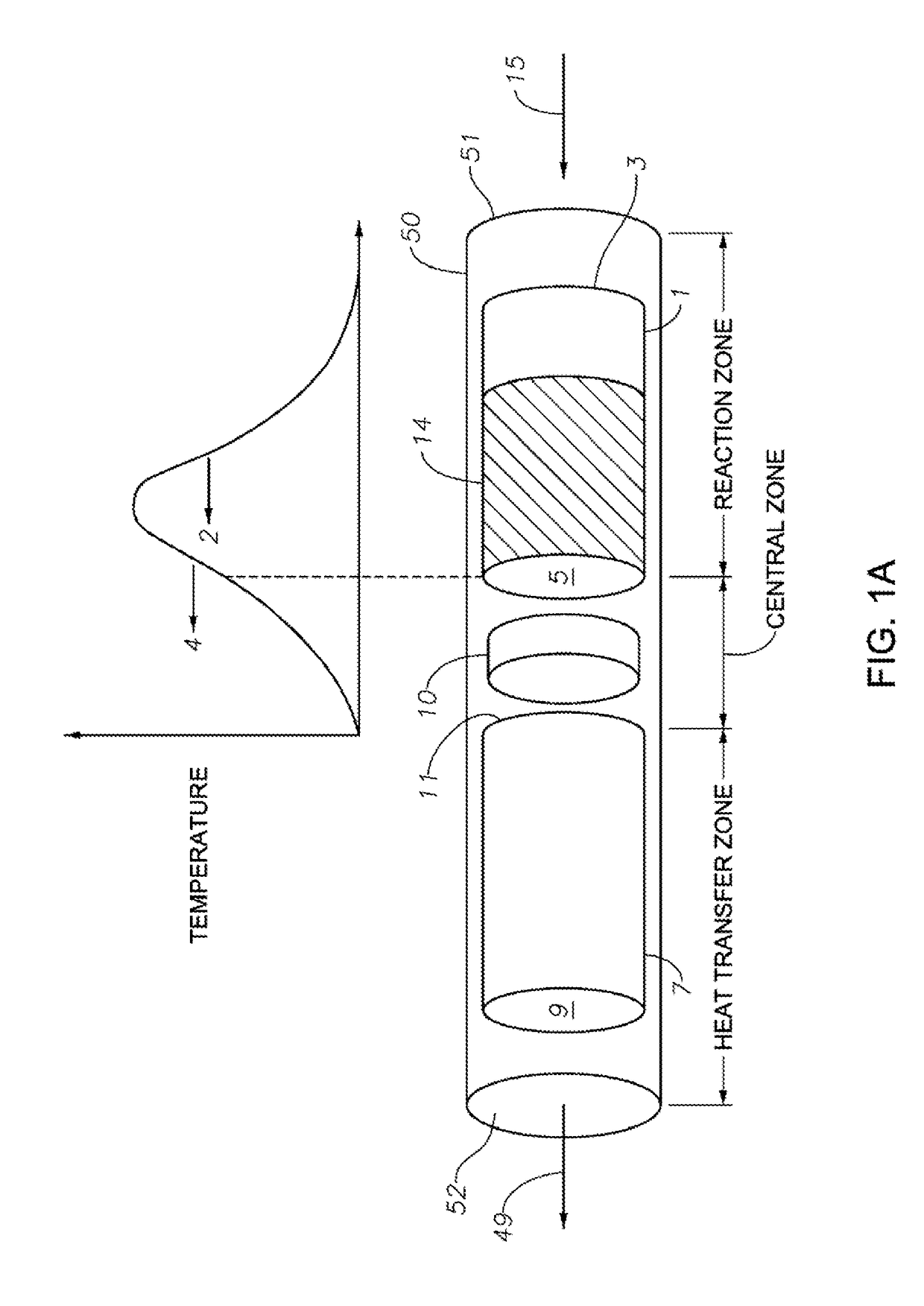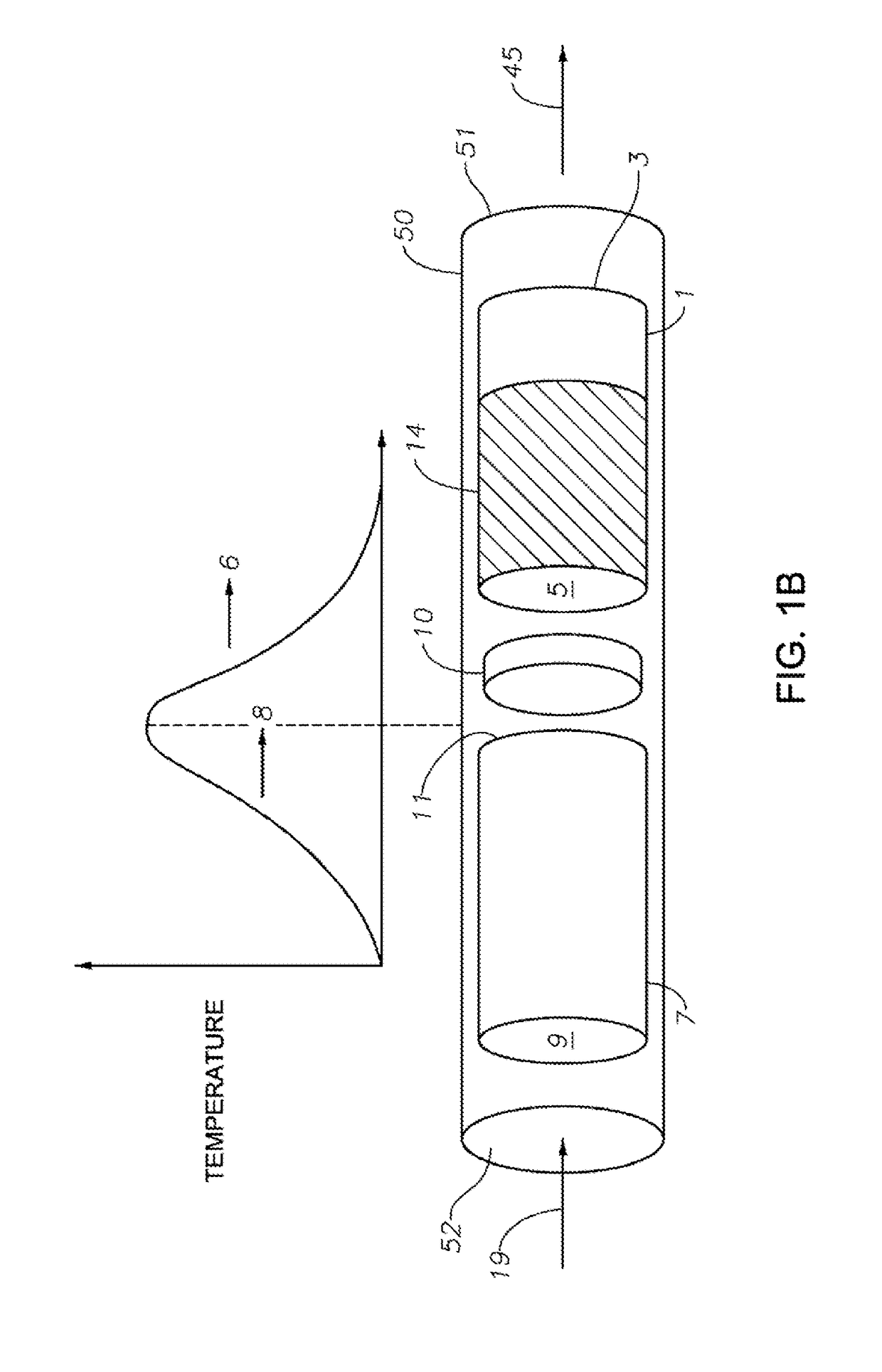Hydrocarbon Dehydrocyclization
a technology of hydrocarbons and cyclic cyclization, applied in the field of hydrocarbon dehydrocyclization, can solve the problems of increasing the rate of catalyst deactivation, lessening the efficiency of dehydrogenation, and significant complexity of the process, so as to achieve less methane yield, greater feed conversion, and less methane yield
- Summary
- Abstract
- Description
- Claims
- Application Information
AI Technical Summary
Benefits of technology
Problems solved by technology
Method used
Image
Examples
Embodiment Construction
Definitions
[0013]For the purpose of this description and dependent claims, the following terms are defined. The term “Cn” hydrocarbon means hydrocarbon having n carbon atom(s) permolecule, wherein n is a positive integer. The term “Cn+” hydrocarbon means hydrocarbon having at least n carbon atom(s) per molecule. The term “Cn−” hydrocarbon means hydrocarbon having no more than n carbon atom(s) per molecule. The term “hydrocarbon” means a class of compounds containing hydrogen bound to carbon, and encompasses (i) saturated hydrocarbon, unsaturated hydrocarbon, and (iii) mixtures of hydrocarbons, and including mixtures of hydrocarbon compounds (saturated and / or unsaturated), such as mixtures of hydrocarbon compounds having different values of n.
[0014]The terms “alkane” and “paraffinic hydrocarbon” mean substantially-saturated compounds containing hydrogen and carbon only, e.g., those containing ≦1% (molar basis) of unsaturated carbon atoms. As an example, the term alkane encompasses C2...
PUM
| Property | Measurement | Unit |
|---|---|---|
| pressure | aaaaa | aaaaa |
| temperature | aaaaa | aaaaa |
| pressure | aaaaa | aaaaa |
Abstract
Description
Claims
Application Information
 Login to View More
Login to View More - R&D
- Intellectual Property
- Life Sciences
- Materials
- Tech Scout
- Unparalleled Data Quality
- Higher Quality Content
- 60% Fewer Hallucinations
Browse by: Latest US Patents, China's latest patents, Technical Efficacy Thesaurus, Application Domain, Technology Topic, Popular Technical Reports.
© 2025 PatSnap. All rights reserved.Legal|Privacy policy|Modern Slavery Act Transparency Statement|Sitemap|About US| Contact US: help@patsnap.com



